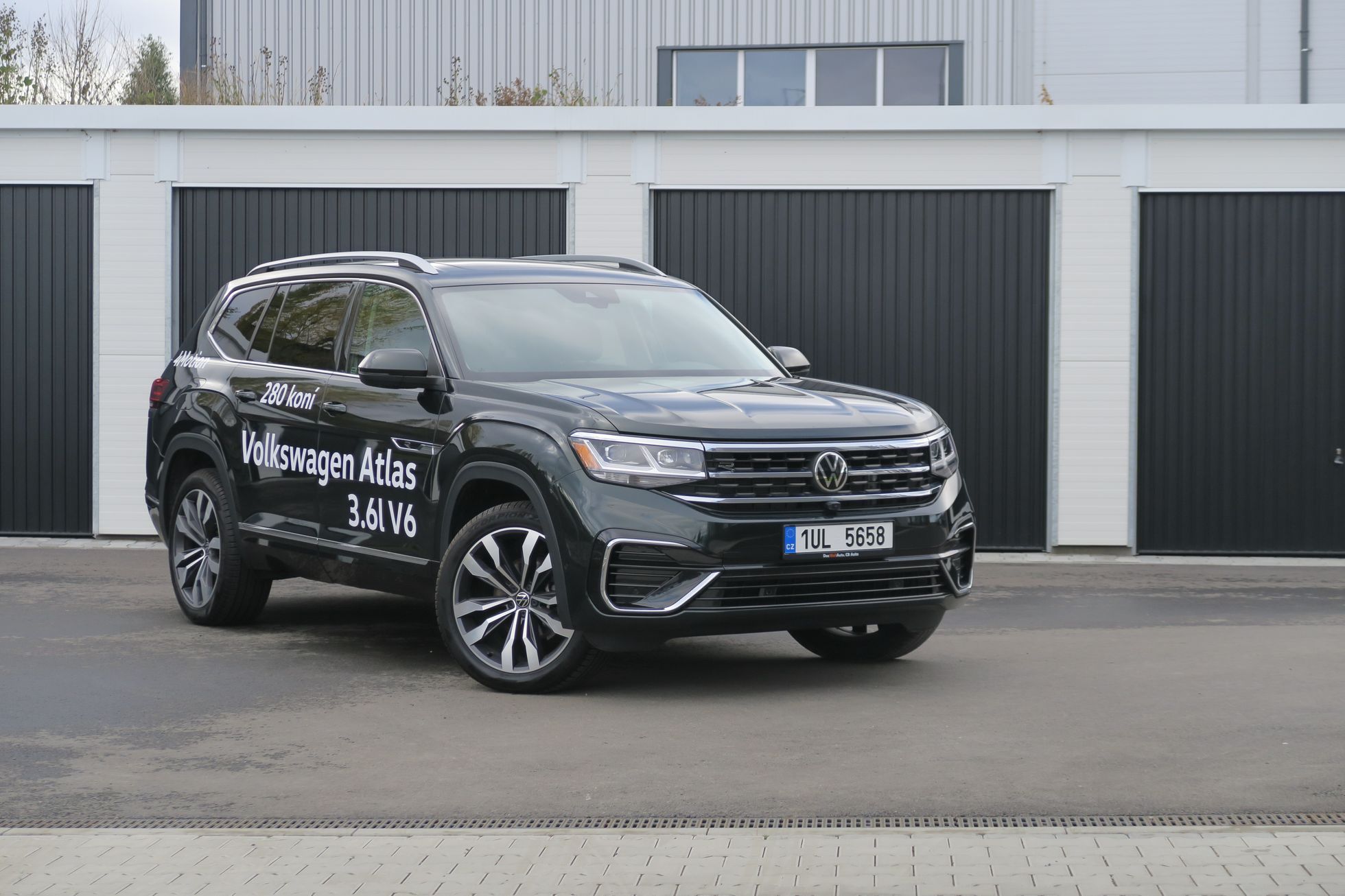As far as American thinking from ours is concerned, so few American cars are sold here. They are dominated by large SUVs like Jeep and Dodge, which have no competition in Europe. However, American models from global brands are also increasing. The Volkswagen Atlas is one of the most interesting. It fills the generous dimensions with a well-known technique that can also be used by local workshops. It’s powered by a characterful, if somewhat thirsty, six-cylinder engine.
European brands have been trying to enter the American market for decades. In vain. In the conditions there, our cars are unnecessarily small and cheap at the expense of comfort. Only those who adapt to the big country will be successful. The Japanese understood this first, then the Koreans.
Only a few years ago Volkswagen became popular among European brands. Its executives made a car one class larger than the Tiguan, and the MQB modular platform made it possible to build it at a reasonable cost. This is how Atlas was born. It is over five meters tall, has infinite space and is made in the funky town of Chattanooga, Tennessee.
Before they could finish it, the Dieselgate affair hit and it looked like Volkswagen wasn’t going to cut corners in America. That is, at least until it completely switches to battery power. But the opposite happened. Eighty thousand Atlases are sold annually, only a quarter less than Tiguans.
That’s not a large number for America, but it is for a modest Volkswagen shop. It is as important a commodity to him as the Grand Cherokee is to the American branch of Stellantis.
The design reveals the country of origin quite clearly. If it weren’t for the logo on the hood, you’d almost mistake such a large piece of iron for a Ford Explorer or Chevrolet Traverse. Under the hood, however, the previous-generation Czech Police Superb’s engine growls, Passat-like shoulders peek out from below, and every Octavia user will feel right at home after sitting inside. You will find familiar buttons in the same places.
Americans don’t pay much attention to interior design, and Volkswagen caters to them. The large plastic surfaces aren’t attractive to the eye or to the touch, and some controllers have more play. But the comfortable armchairs and the ever-present excess of space make up for it.
The Atlas has three rows of seats, and behind the back row is space for luggage. The second row can be pushed forward to a large extent. So you can stretch out comfortably in the third row and sit more comfortably than in most European SUVs, as the seats aren’t anchored so low.
Then you can play with single folding seats or whole rows and create a living space. When you try to park in the center of Prague, the European question comes to mind, what is the need for such a size. But just a trip out of town and you’ll answer the American question: why drive something smaller?
The driver’s sandwich corresponds more to the American concept of life. The tall build and long, bushy bow look fearless. The overview of the surrounding traffic is excellent, at least here, where you can also see the Nissan Qashqai and Skoda Yeti from above. Be careful, however, not to see anything directly in front of the car. Extreme caution is required in the presence of children.
The frame, which doesn’t even bother with big dings and holes, feels just as sovereign. Perhaps the designers had no idea that long wheel lifts and twenty-one-inch wheels with high-profile tires would be just as useful on Czech roads as they are among the cornfields of Nebraska. Atlas springs compliantly, doesn’t get nervous by anything and doesn’t even jump on bumps.
All this is crowned with the honey-sweet thrust and captivating gurgle of the 3.6 FSI six-cylinder, known from the previous generation Passat and Superb. He’s not a racer, but with his muscular engagement in the mid and upper ranges, he adds effortless sovereignty to the ride. Especially in tandem with the eight-speed planetary automatic, which American Volkswagens pack instead of the nervous DSG. The gearbox launches with smooth grace, shifts smoothly and hums the engine around 1200rpm under light footing.
Unfortunately, even this does not keep the average consumption below 12 litres. Although this is a liter to two less than the Jeep Grand Cherokee, but for greater efficiency you have to look for direct injection into the cylinders, which is more sensitive to quality fuel and sensitive to short cold trips. Plenty of space in America include such bills, forget diesel.
Volkswagen Atlas 3.6 V6 FSI
Engine: 6-cylinder petrol, 3597 cm3
Power: 206 kW at 6200 rpm
Torque: 360Nm at 2500 – 5000rpm
Maximum speed: 190km/h
Acceleration 0-100km/h: 8.9s
Combined consumption: 12.4 l/100 km
Trunk volume: from 583 to 2740 l
The Atlas is not in the standard offer of the European Volkswagen network and does not have a fixed price. Enlightened brand sellers, on the other hand, have them imported individually in small quantities, because this format also has its clientele here too. This is how our example found itself in the range of verified used Volkswagens from Das Weltauto. After two years and 11,000 kilometers, it costs 1.8 million crowns, which corresponds to other cars of similar design driven by the Jeep Grand Cherokee.
The advantage of the Atlas is the proven and reliable mechanics known from European Volkswagen models, which can be serviced by both branded and independent repair shops. There is also an option within the Das Weltauto network purchase of a warranty extension. However, specific parts are sent from the US, which usually takes a month, sometimes even two. Prices are illustrated by the original unpainted bumper for 23,000 kroner and the headlight for 44,000 kroner.


